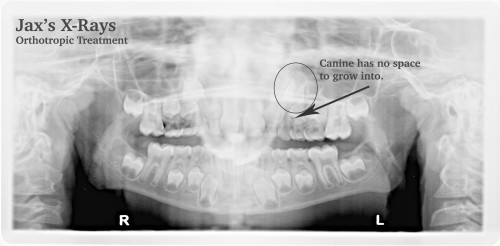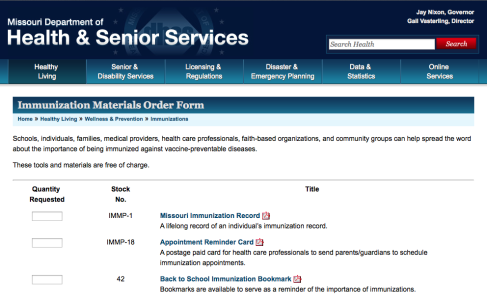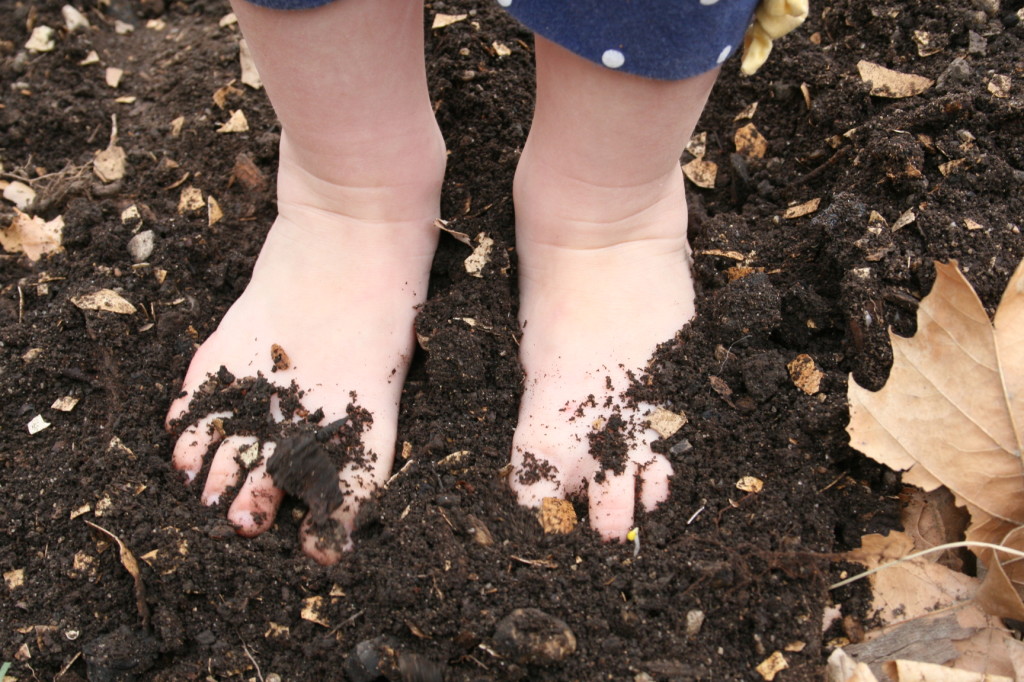I strongly believe in being an educated parent. Researching as much as you can when making decisions for your family. And I believe that each family has to take that information and figure out what’s best for them.
In saying that I have yet to vaccinate my children for anything. We originally just planned on delaying vaccinations until my son was two. At that time his immune system would be better established. Then we were only going to do a few vaccinations. At this point we haven’t found a vaccine we are comfortable enough with that outweighs our discomfort with the disease. Below is an excerpt from a book that I really love. It presents both sides, the disease itself, disease complications, the vaccine, vaccine complications, modern treatments and natural treatments. It’s really very informative in a compact book. I keep it in my purse at all times in case I ever need it for a discussion or parenting info.
I also became aware of a vaccination alternative called Nosodes several years ago. “Homeopathic nosodes are thought to stimulate the body to recognize a disease-causing entity, provide a level of protection, and assist in the elimination of the pathogens naturally. Nosodes may provide a template to the immune system and the cell walls, thus making an indirect attack on diseases by stimulating the immune system and white blood cell production.” Source
Excerpt From
The Parents’ Concise Guide to Childhood Vaccinations
by Lauren Feder, M.D.
“Measles, Mumps, and Rubella (MMR)
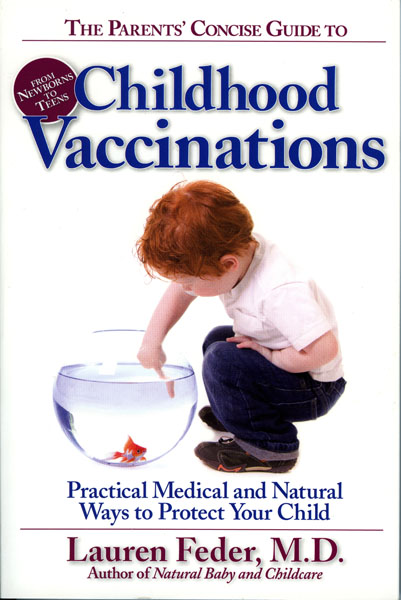 The measles, mumps, and rubella (MMR) vaccines are commonly given as a three-in-one trivalent vaccine of live viruses at 1 year, with a second dose given between 4 and 6 years. The vaccine should not be given to children who are allergic to gelatin, neomycin, or eggs, since it is grown on chick embryo culture.
The measles, mumps, and rubella (MMR) vaccines are commonly given as a three-in-one trivalent vaccine of live viruses at 1 year, with a second dose given between 4 and 6 years. The vaccine should not be given to children who are allergic to gelatin, neomycin, or eggs, since it is grown on chick embryo culture.
The MMR vaccine (along with the DTaP, hepatitis B, Hib, polio, and other vaccines) has been strongly linked to autism and pervasive developmental disorders. Although mainstream medicine believes that scientific evidence does not support this theory, many reports from parents have supported this. In 1998, Dr. Andrew Wakefield of the London Royal Free Hospital and his colleagues suggested that the MMR vaccine (especially the measles vaccine) may be the cause of an inflammatory bowel condition in children, which may be linked to autism. For this reason, many parents are cautious in giving MMR and prefer that the shots be given separately.
Measles(Rubeola) What Is Measles?
Measles used to be a common childhood virus before the vaccine. It occurred primarily in children ages 2 to 6 years, and almost every child had measles by the age of 15. Measles was such a common illness that people born before 1957 are probably immune to measles, as they probably had it in childhood or were exposed. It is extremely contagious and is spread through close contact with an infected person (4 days before to 4 days after rash onset) or through touching a contaminated surfaces. The incubation period is approximately 10 to 12 days following exposure. A cyclical disease, measles outbreaks happen around the world every 2 to 3 years and more often in the late winter and early spring.
Symptoms of Measles
Most cases are mild, and begin with a high fever, then cold-like symptoms, including a runny nose, pinkeye, and a hacking cough. Within a few days, a red blotchy rash appears. It can be itchy with raised red bumps. Characteristically, Koplik spots, small white spots in the insides of the cheek, appear before the rash. The rash begins faintly behind the ears and within 24 hours becomes darker as it spread to the face, head, neck, and arms (including hands). In 2 to 3 days, the rash reaches the legs, while the rash on the face correspondingly fades. With the onset of the rash, the child begins to feel better. Additional symptoms include sore throat, muscle pains, and light sensitivity. Most children who develop measles recover fully.
Complications of Measles
Occasionally there can be complications during to secondary infections. These may include diarrhea (in 8 percent of cases), ear infections (in 7 percent of cases), croup, and, in more severe cases, deafness, blindness, pneumonia, and encephalitis. The mortality rate is 1 in 1,000 cases.
How Common Is Measles?
In 1985, the government reported 80 percent of measles cases had been vaccinated. In 2002, 44 cases of measles were reported, which is substantially low, compared to 1941 when nearly 900,000 were reported. The vaccination program began in 1963, which has caused the occurrence of measles to shift to an older population. Outbreaks also occur in vaccinated populations.
Measles is still considered a severe illness in developing nations, where living conditions, sanitation, water supply, healthcare, and nutrition are considered inadequate. In past centuries, the mortality rate in the United States was higher than it is now. The current fatality rate is t to 2 our of 1,000 cases. Complications are more frequently seen in those with weakened immune systems, children with chronic disease, babies under 1 year old, and in adults.
After a child has had measles, he or she receives lifelong immunity from it. A mother who had measles as a child passes antibodies to her baby in utero, this protecting her newborn for the first year of life. However, in the early 1990s there was a measles outbreak in the United States that included children who were younger than 1 year old, which was unusual. According to the CDC, this was due to mothers who had been vaccinated, but never had the natural disease. The CDC concluded that the protection from the vaccine decreases over time, and that the vaccinated mothers did not pass their natural maternal measles antibodies to their babies.
Treatment of Measles
Standard medicine has no treatment for measles. The symptoms of high fever and cold do not respond to antibiotics or cough medicine, though supportive treatment, such as rest and fluids, are helpful. Homeopath, naturopathy, traditional Chinese medicine, and chiropractics have all been useful in the treatment of measles and in strengthening the body’s natural ability to heal.
The Measles Vaccine
The vaccine is composed of a live attenuated virus. According to a CDC published article, “Maternal Antibodies Interfere with Measles Vaccination,” some children who have received the measles vaccine or the MMR before 15 months of age may be in jeopardy of vaccine failure(in which the child fails to develop the desired immunity) because the immunity from the mother’s antibodies counteracts or neutralizes the vaccine. This can occur, especially if the mother had measles as a child. According to the CDC, many of these children were vaccinated when 1 year to 14 months old.
Measles, mumps, and rubella (MMR) vaccines are given as a single shot of live viruses beginning at 1 year, with a second dose given at 4 to 6 years old. The vaccine is contraindicated in children who are allergic to eggs. When giving the measles shot alone, most parents follow the recommended schedule for the MMR vaccine with the first one given at around 15 months, and the second one before kindergarten. Because of possible interactions between the measles and mumps shots, separate the two by at least 6 months.
Risks of the Vaccine
Although most children receive the MMR in combination, there are adverse effects specific to each component. The measles vaccine, in particular, has been linked to colitis and various forms of inflammatory bowel disease. A study from the New York University School of Medicine involving autistic children found that 85 percent had severe intestinal inflammation, with evidence of measles virus on the biopsies. It is theorized that this inflammation may cause changes in the intestinal barrier, allowing the virus to enter the child’s bloodstream and cause inflammation elsewhere, namely in the brain, this contributing to the development of autism.
In general, mild side effects of the MMR vaccine include pain and swelling at the injection site, cold-like symptoms, fever, swollen glands, headache, dizziness, rash, nausea, and vomiting. More moderate adverse effects are convulsions, arthritis, thrombocytopenia (bleeding disorder), and Guillain-Barre. Very rarely there may be severe allergic life-threatening reactions, including deafness, comas, and permanent brain damage. The MMR vaccine has also been linked to autism.
Comments
Before the vaccination program was licensed in 1967, nearly every American child born before 1957 had measles. Most recovered without any serious consequences. With the possible link of the vaccine to inflammatory bowel disease and autism, many parents have questioned the use of the MMR vaccine, and if considering the measles vaccine at all, choose the single separated does over the combined.”
 I’m doing some health treatments right now and in the need of detox while doing the treatments. One of the things I came across in my research is hydrotherapy or the concept of hyperthermia. Essentially you force your body to have a fever which raises your body temperature to a level that kills bacteria and other nasties in your system. Also it allows you to detox and extricate the gunk through your sweat glands and skin. I don’t have easy access to a gym or spa with a sauna nor the funds to install one in my tiny city house. I considered going to Hot Springs, Arkansas or even a health spa in California with natural hot spring water. But as that’s not something I can do immediately nor on a weekly or daily basis that doesn’t really help me much. Then I read about a technique of taking a hot bath, when it starts to cool empty some of the water and refill with hotter water, and repeat until you’ve been in the hot water for at least forty minutes. Then when you get out of the tub wrap yourself in a sheet and then in a blanket. Then sweat it out for a bit.
I’m doing some health treatments right now and in the need of detox while doing the treatments. One of the things I came across in my research is hydrotherapy or the concept of hyperthermia. Essentially you force your body to have a fever which raises your body temperature to a level that kills bacteria and other nasties in your system. Also it allows you to detox and extricate the gunk through your sweat glands and skin. I don’t have easy access to a gym or spa with a sauna nor the funds to install one in my tiny city house. I considered going to Hot Springs, Arkansas or even a health spa in California with natural hot spring water. But as that’s not something I can do immediately nor on a weekly or daily basis that doesn’t really help me much. Then I read about a technique of taking a hot bath, when it starts to cool empty some of the water and refill with hotter water, and repeat until you’ve been in the hot water for at least forty minutes. Then when you get out of the tub wrap yourself in a sheet and then in a blanket. Then sweat it out for a bit. So if you don’t have access or funds for a sauna or spa treatment and need to detox, try out the Poor Man’s Sauna. All it takes is a tub, hot water, a sheet, and a blanket. And I highly suggest a distraction from the heat. I watched Hitch with Will Smith and was pretty entertained for the most part. It wasn’t as relaxing as a warm bath normally is for me since the water temp was hotter than my comfort level but it worked great and my skin looks healthier. I also put Epsom Salt in the water to help with the detox.
So if you don’t have access or funds for a sauna or spa treatment and need to detox, try out the Poor Man’s Sauna. All it takes is a tub, hot water, a sheet, and a blanket. And I highly suggest a distraction from the heat. I watched Hitch with Will Smith and was pretty entertained for the most part. It wasn’t as relaxing as a warm bath normally is for me since the water temp was hotter than my comfort level but it worked great and my skin looks healthier. I also put Epsom Salt in the water to help with the detox.
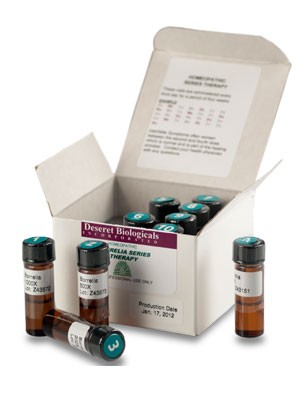
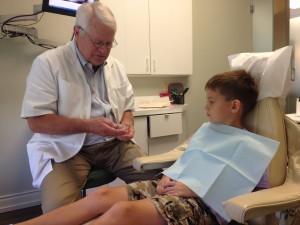
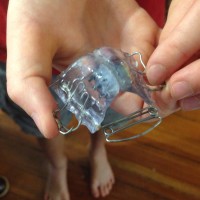

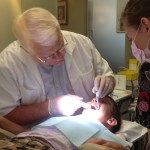
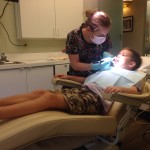
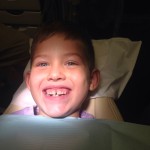
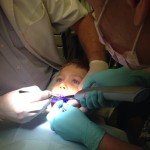
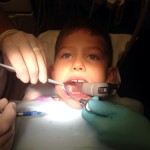
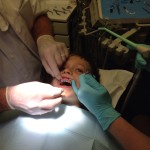
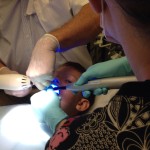
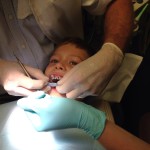
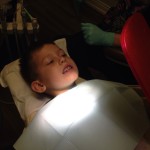
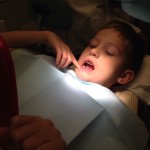





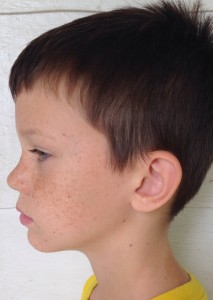
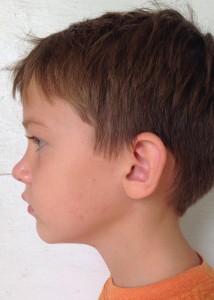

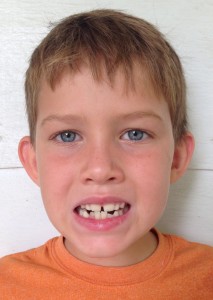


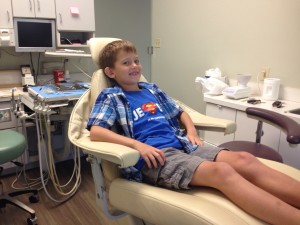

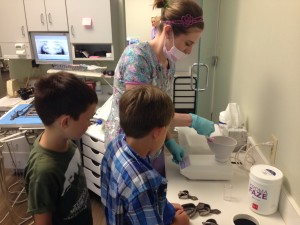
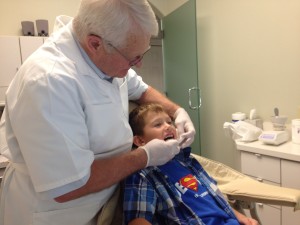
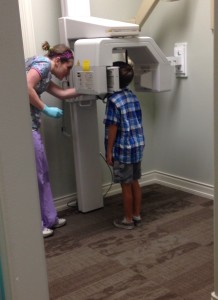
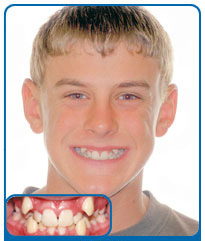 My brother actually had this issue as a kid and his canines grew in like this guy pictured to the right. A chronic issue associated with a jaw that has not grown in appropriately, is joint pain and clicking. Also by moving the jaw forward into the correct position it allows more room for the airways and helps prevent breathing issues like sleep apnea. It also corrects the face shape, which has psychological benefits as well. Below is a great quick video from Dr. DeTar that explains the risks of a misgrown jaw and the benefits of Orthotropics.
My brother actually had this issue as a kid and his canines grew in like this guy pictured to the right. A chronic issue associated with a jaw that has not grown in appropriately, is joint pain and clicking. Also by moving the jaw forward into the correct position it allows more room for the airways and helps prevent breathing issues like sleep apnea. It also corrects the face shape, which has psychological benefits as well. Below is a great quick video from Dr. DeTar that explains the risks of a misgrown jaw and the benefits of Orthotropics.